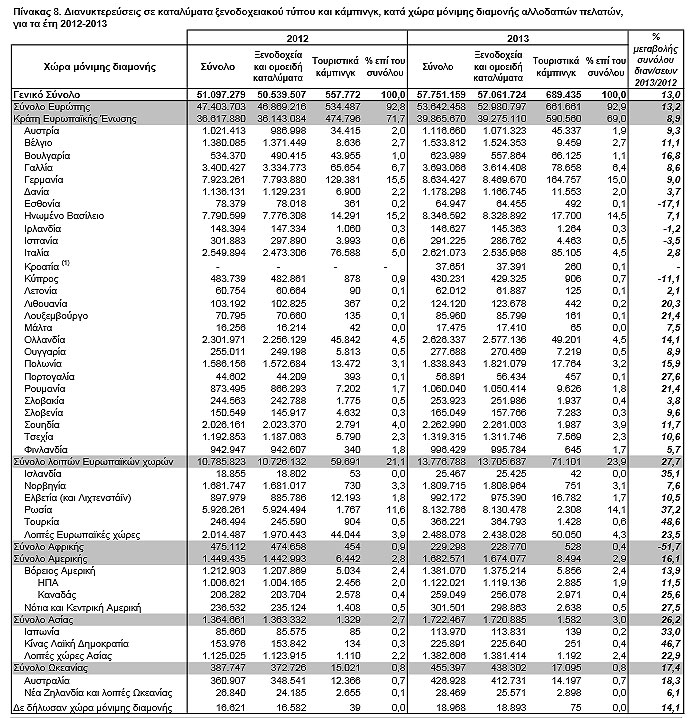According to the survey conducted in April 2013 with more than 2,200 U.S. adults, drivers who use GPS say it has taken them off track an average of 4.4 times. That number is even higher among younger adults age 18-34, who have been directed astray 6.3 times on average by GPS.
GREENVILLE, S.C. – GPS has changed the way people travel, but 63 percent of U.S. drivers who have used GPS say the technology has led them astray at least once by pointing them in the wrong direction, or creating complex, confusing and incorrect routes, according to a recent survey conducted online by Harris Interactive for Michelin Travel and Lifestyle.
According to the survey conducted in April 2013 with more than 2,200 U.S. adults, drivers who use GPS say it has taken them off track an average of 4.4 times. That number is even higher among younger adults age 18-34, who have been directed astray 6.3 times on average by GPS. Seven percent of all U.S. drivers who use GPS have been misdirected more than 10 times.
 While GPS is the travel aid relied on by 30 percent of U.S. adults who go to unfamiliar locations, it ranks second to a combination of physical resources that include maps, printed directions, atlases and guide books. Together, these physical resources are relied on primarily by nearly 40 percent of Americans who travel to unfamiliar destinations.
While GPS is the travel aid relied on by 30 percent of U.S. adults who go to unfamiliar locations, it ranks second to a combination of physical resources that include maps, printed directions, atlases and guide books. Together, these physical resources are relied on primarily by nearly 40 percent of Americans who travel to unfamiliar destinations.
In keeping with these findings, and despite today’s high-tech world, nearly half (46 percent) of U.S. drivers with cars still keep physical maps, including road maps and atlases, in their vehicles. Not surprisingly, those age 55 and over (57 percent) are more likely than those in any other age group to carry maps or atlases. Among drivers age 45-54, the number is 44 percent. For drivers age 35-44 it is 39 percent, and even with young drivers age 18-34 over a third (34 percent) have a map or atlas in their cars.
The survey also found that male drivers in the U.S. are more likely to primarily use GPS than women when traveling to new places—35 percent compared to 26 percent, respectively. Geographically, the use of GPS as a primary guide is most popular in the Northeast part of the U.S. with 35 percent of drivers using it to help them navigate when travelling to unfamiliar places; on the other end of the spectrum, just 25 percent of drivers in the West rely primarily on GPS.
“Technology is great, but a printed map is one of the most important tools a traveler in an unfamiliar setting can have-the battery doesn’t die, it is easy to use, and it allows you to make decisions on route changes if necessary,” said Cynthia Ochterbeck, editorial director of Michelin Travel Partners.
Other means of travel aids cited in the survey include a smartphone or tablet device (19 percent). A number of drivers (6 percent) say they rely on verbal directions they get from locals familiar with an area. A full 3 percent say they rely on nothing at all to find their way around unfamiliar locations.
Michelin created its first travel guide over 100 years ago to promote road travel and inspire driving confidence. Today, Michelin Travel & Lifestyle offers travelers an extensive range of travel guides, maps, online travel resources, automotive accessories and footwear. These products deliver the same Michelin promise of quality and consistency consumers expect from one of the world’s most trusted brands.
Theodore is the Co-Founder and Managing Editor of TravelDailyNews Media Network; his responsibilities include business development and planning for TravelDailyNews long-term opportunities.































































































































































































